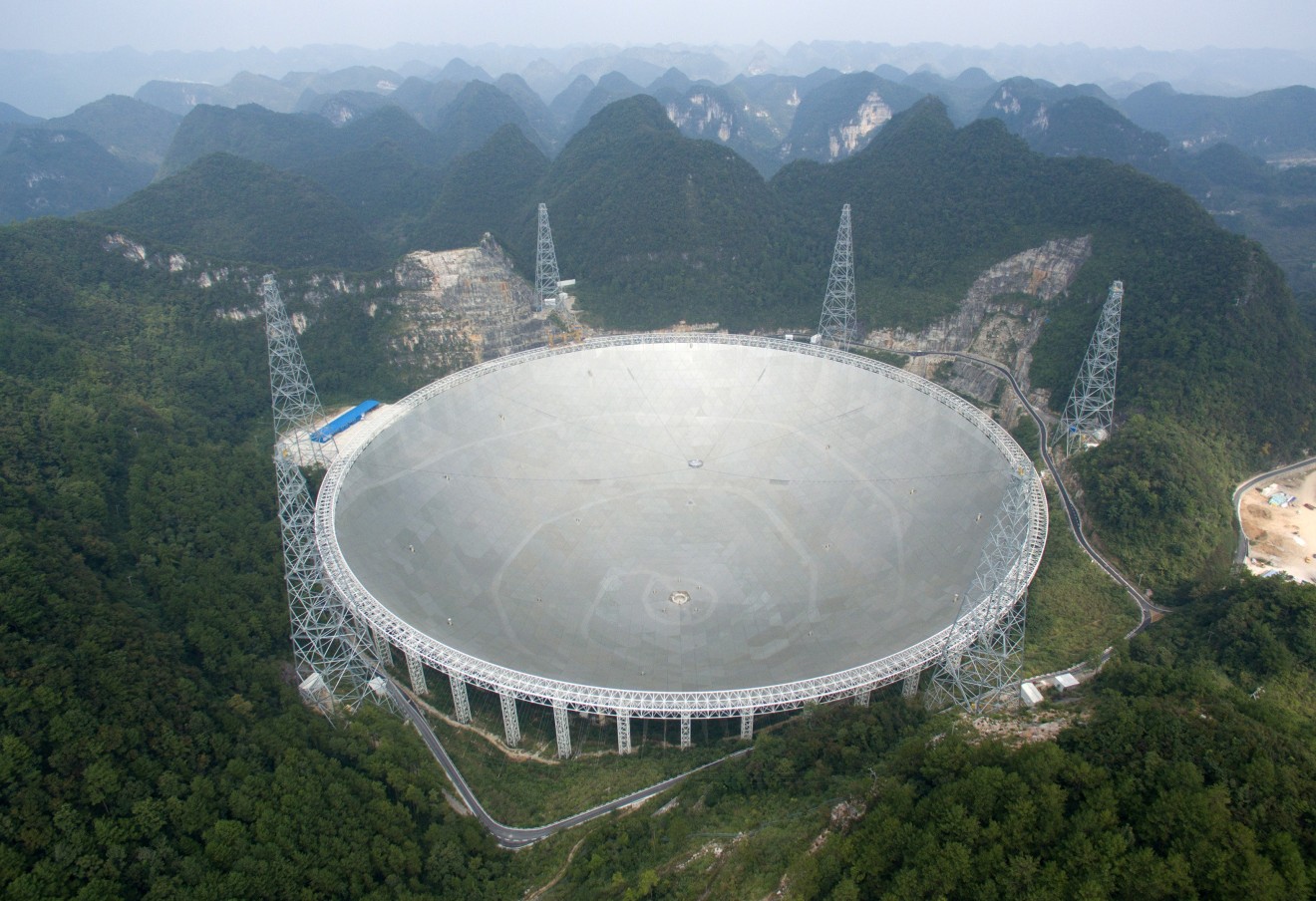
From the far side of the Moon to Mars, everything we know about China’s plans for space exploration
After decades of US supremacy in space, China is slowly catching up
So how does China’s ambitious space program stack up?
Step by step
China’s space program has come a long way in just the past two decades -- especially when you consider it only sent someone to space for the first time in 2003.

But it hasn’t always been smooth sailing.
The country’s first space station, the Tiangong-1 -- launched in 2011 -- was incinerated when it re-entered the Earth’s atmosphere after authorities lost contact with it.
Chinese space station crashes back to Earth
But China hasn’t let this incident slow them down.
Out of this world
But one of the country’s most interesting space operations is actually here on Earth.

For more insights into China tech, sign up for our tech newsletters, subscribe to our Inside China Tech podcast, and download the comprehensive 2019 China Internet Report. Also roam China Tech City, an award-winning interactive digital map at our sister site Abacus.

